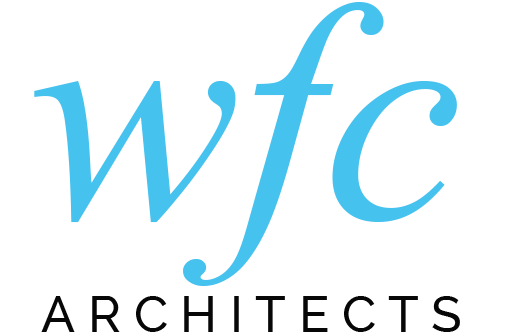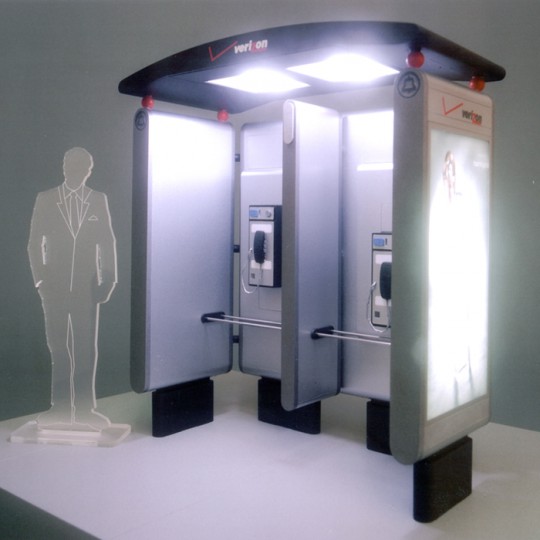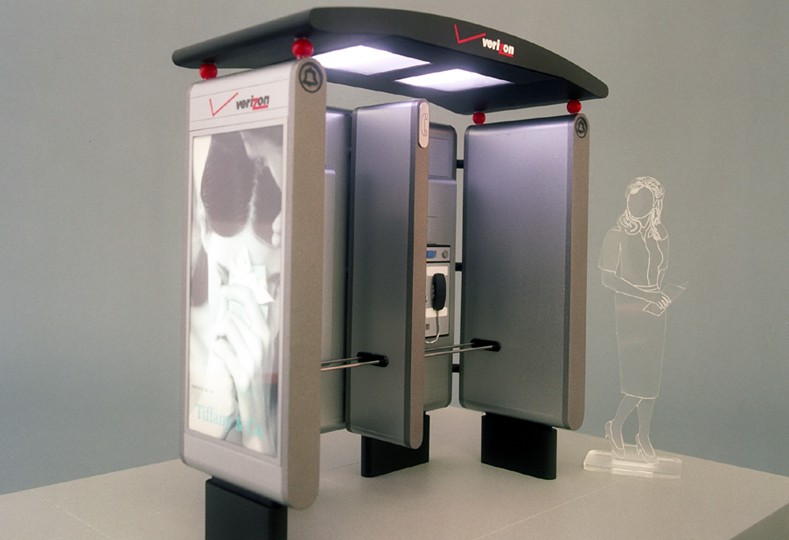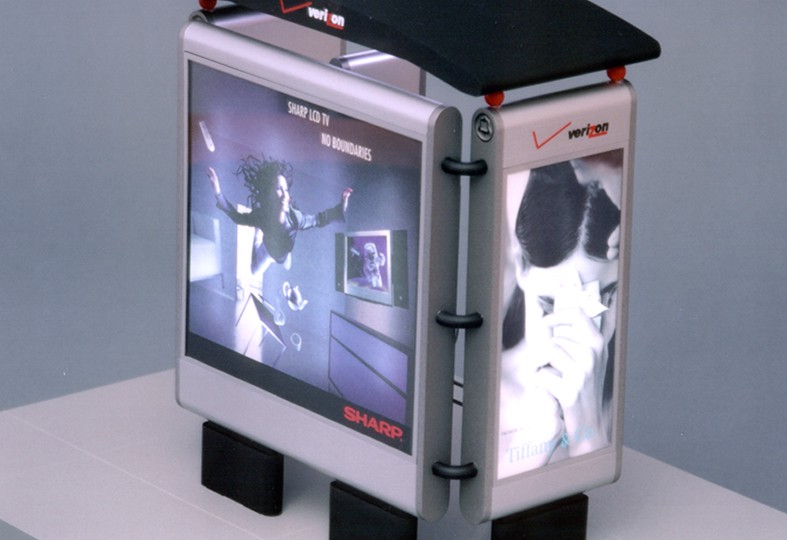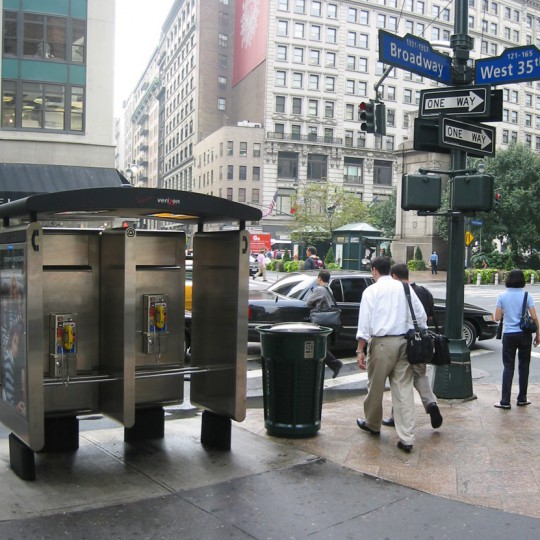Phone Booth
- Category
- 10.Unique
- Location
- New York, NY
- Size
- xxx
- Client
- Verizon
- Status
- Completed
SOLUTION
Telecommunications has historically played a pivotal role in the development, modernization and emergence of even the smallest economic, social and political centers. A small, yet very important, piece of these communication networks are public payphones.
Since first debuting in 1889, the payphone enclosure, or phone booth, has become an integral part of the urban fabric, an important tool of commerce, a haven from nature’s elements, and a reassuring beacon of safety or comfort to the distressed or stranded.
The images of Clark Kent transforming himself to Superman inside a phone booth, and 1950’s college students stuffing themselves into their tight quarters, helped to further establish phone booths as cultural icons and symbols of Americana. For the design, William F. Collins, AIA Architects, LLP meshed these ideas with the realities of replacing existing enclosures, often in dense urban settings where ground space and utility feeders will be limited to the existing footprint.
In addition to offering a fresh outlook, the new design also had to consider the traditional concerns of vandalism, safety, durability and compliance with various codes and regulations, as well as, the Americans with Disabilities Act standard for public telephones. All of the fastening and panel locking mechanisms have been designed to be tamper resistant while the materials and finishes selected offer maximum protection against vandalism, flame spread, UV/sun exposure, precipitation and moisture.
The enclosures provide privacy and protection from wind and rain; yet maintain maximum visibility for security reasons. Care was taken to ensure that the design was modular so that the units could easily be expanded and repairs or replacement could occur directly on site. The final design has earned WFC a 2002 ARCHI Award Commendation from the American Institute of Architects. For their part, by taking this step towards modernization of its public telephone system, Verizon hopes to achieve the balanced result of enhancing brand recognition and improving product performance and profitability, while at the same time, helping to preserve a dying breed and an important piece of the cultural landscape.
